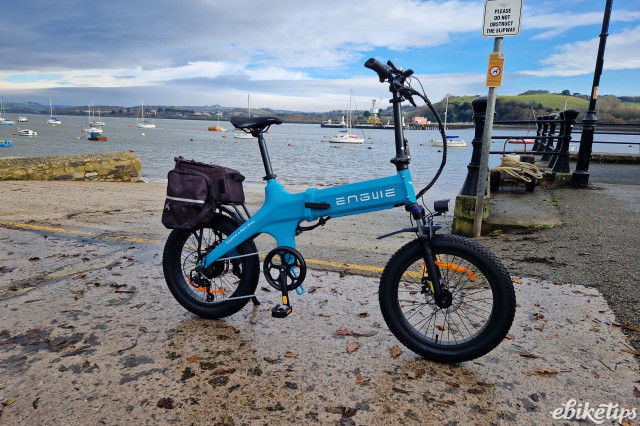Mandating low e-scooter travel speeds may mean more people riding on pavements, a new study from the Insurance Institute for Highway Safety (IIHS) in the US has suggested.
Researchers compared rider behaviour in Austin, Texas, and Washington, DC for the study. Austin caps shared e-scooter speeds at 20mph and in DC the maximum is 10mph, which the IIHS says is one of the lowest in the US.
In both cities, e-scooter riders ‘overwhelmingly’ rode in bike lanes where they were available. However, where there were no bike lanes, DC riders were 44% more likely than Austin riders to choose to ride on the pavement.
Jessica Cicchino, IIHS vice president of research and the study’s lead author, said: “Our results show that restricting scooters to low speeds offers a trade-off. At slow speeds, riders are more likely to choose the sidewalk over the road. That puts them in less danger from cars but could mean more conflicts with people on foot.”
The study also found that DC riders were more likely to favour the pavement even though vehicle traffic was heavier at the 16 Austin observation sites. There also were more pedestrians and cyclists at the 16 DC sites, said the IIHS.
Overall, however, riders tended to choose the pavements when motor vehicle traffic was heavier, as well as on arterials and two-way roads. In contrast, the researchers said they saw an increase in e-scooter riders in vehicle travel lanes on weekends, possibly because of lighter traffic.
“E-scooter users clearly take risk into account when choosing where to ride,” Cicchino said. “Many are also conscious of the risk of hitting a pedestrian. E-scooter speeds were lower on sidewalks than on roads or bike lanes in both Austin and DC.”
> This city banned e-scooters and car journeys became 10% longer
The highest pavement travel speeds did however differ between the two cities. In DC, less than one in five e-scooter users rode at a speed of 10mph or higher on the pavement, compared with two in five in Austin.
Cicchino said: "Slowing down the fastest sidewalk riders should help prevent crashes and reduce the severity of injuries when e-scooters hit pedestrians. The clear preference for bike lanes also gives communities another reason to focus on expanding their bicycle networks.”
IIHS researchers also analysed rider behaviour in DC’s central business district, where pavement riding is prohibited. Despite the ban, they found that two-thirds of e-scooter users rode on the pavements at locations without bike lanes. Riders in areas of DC’s central business district without bike lanes were also 38% more likely than Austin riders to choose the pavement over the street.
> E-scooter share schemes increase fast food spending finds study
The first shared e-scooter programme was launched in the US in 2017. Many towns and cities require speed limiters for shared e-scooters, and a 15mph maximum is common. Some companies also restrict their e-scooters to that speed, even where it is not required by law.
Trials of rental e-scooters began in the UK in 2020, and the vehicles can be used on the roads, except motorways, and in cycle lanes, but cannot be ridden on the pavement.
The maximum speed for an e-scooter in the UK is 15.5mph, although some schemes impose lower limits. Geo-fenced areas where speed is automatically restricted still further are also common. For example, operator Beryl restricts its scooters to 3mph on Bournemouth prom in the summer months.
Earlier this year, residents of Paris voted to ban rental e-scooters in the French capital, in a referendum that was called partly in response to the number of people being injured and killed in e-scooter accidents.




